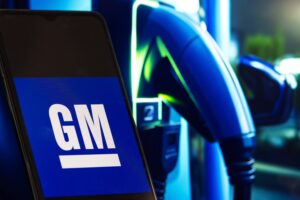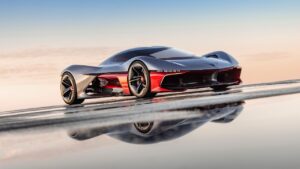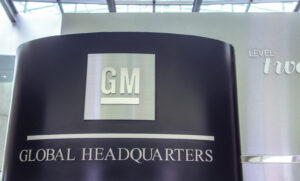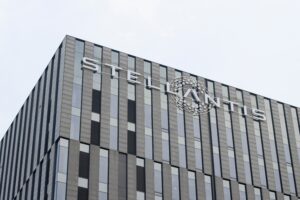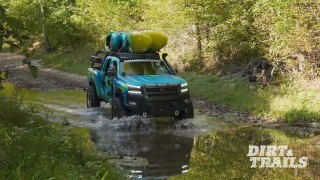Ford CEO Admits Charging EVs Like The F-150 Lightning “Can Be A Challenge”

Ford CEO Jim Farley was able to experience first-hand some of the downsides to owning an electric vehicle during a cross-country road trip in an F-150 Lightning. The biggest takeaway he learned was the frustration owners feel at charging stations.
Farley was taking the electric truck out through Route 66 and the great American West to see how it could handle these kinds of riding environments, as well as long-distance travel. After documenting his journey on his Twitter/X and LinkedIn, Farley came to the conclusion that there is a lot the company needs to improve upon in order to provide a more positive riding experience for their customers.
“Charging has been pretty challenging,” Farley said in a shared video. “It was a really good reality check of the challenges our customers go through and the importance of fast charging.”
While on his journey, Farley stopped by a very popular charging station on I-5 in Coalinga, CA that holds several Tesla Superchargers. However, Farley said that he had to use a low-speed charger that was only able to give him a 40% charge in 40 minutes.
On our drive to Las Vegas, we had a great experience at this popular (and huge!) charging stop in Baker, California. Was so quick and easy. Really highlighted the difference that nice stations and fast charging can make on the overall EV experience. https://t.co/bvsKQu835j pic.twitter.com/FKFx8I6Hel
— Jim Farley (@jimfarley98) August 14, 2023
What Does Farley’s Experience with the F-150 Lightning Mean?
As Farley learned, the long charging wait is a big dealbreaker for many non-EV owners. Many of us lead very busy lives and sometimes do not have the time or energy to drive out to a charging station and wait 40+ minutes for a decent charge.
According to Ford’s website, the F-150 Lightning can charge from 15-80% in about 36 minutes when hooked up to a 150 kW+ DC fast charger. But with a slow charger, that time can take a bit longer. But regardless of how long it takes, not everyone can say they have this kind of time to spare in their daily lives to charge their vehicle.
As an added blow, Ford’s lineup of EVs are unable to charge at Tesla’s Supercharger stations. By making the F-150 Lightning, and other Ford EVs compatible with the Supercharger network, Farley would have been able to fully charge the truck at a much faster time.
However, Ford is apparently in talks to partner with Tesla in order to allow the Supercharger network to be available to Ford EV owners starting in the Spring of 2024. Following its pending partnership with Tesla, other automakers like GM and Rivian were also looking to forge a relationship with Tesla.
Ford’s Ambitious Electric Goals
Farley addressing these concerns probably couldn’t have happened at a more important time as Ford aims to produce 2 million EVs by 2026. But in order to do that, they need to address the issues they are facing on-hand, like why there are so many new electric Mustang Mach-Es going unsold and taking up space at dealerships.
But regardless of where you stand with EVs, you have to give Farley credit for actually taking the time to put himself and one of Ford’s new vehicles through the paces in order to personally understand what the average consumer’s driving experience is like. Better that than another suit behind a desk having someone else do the research for them.

